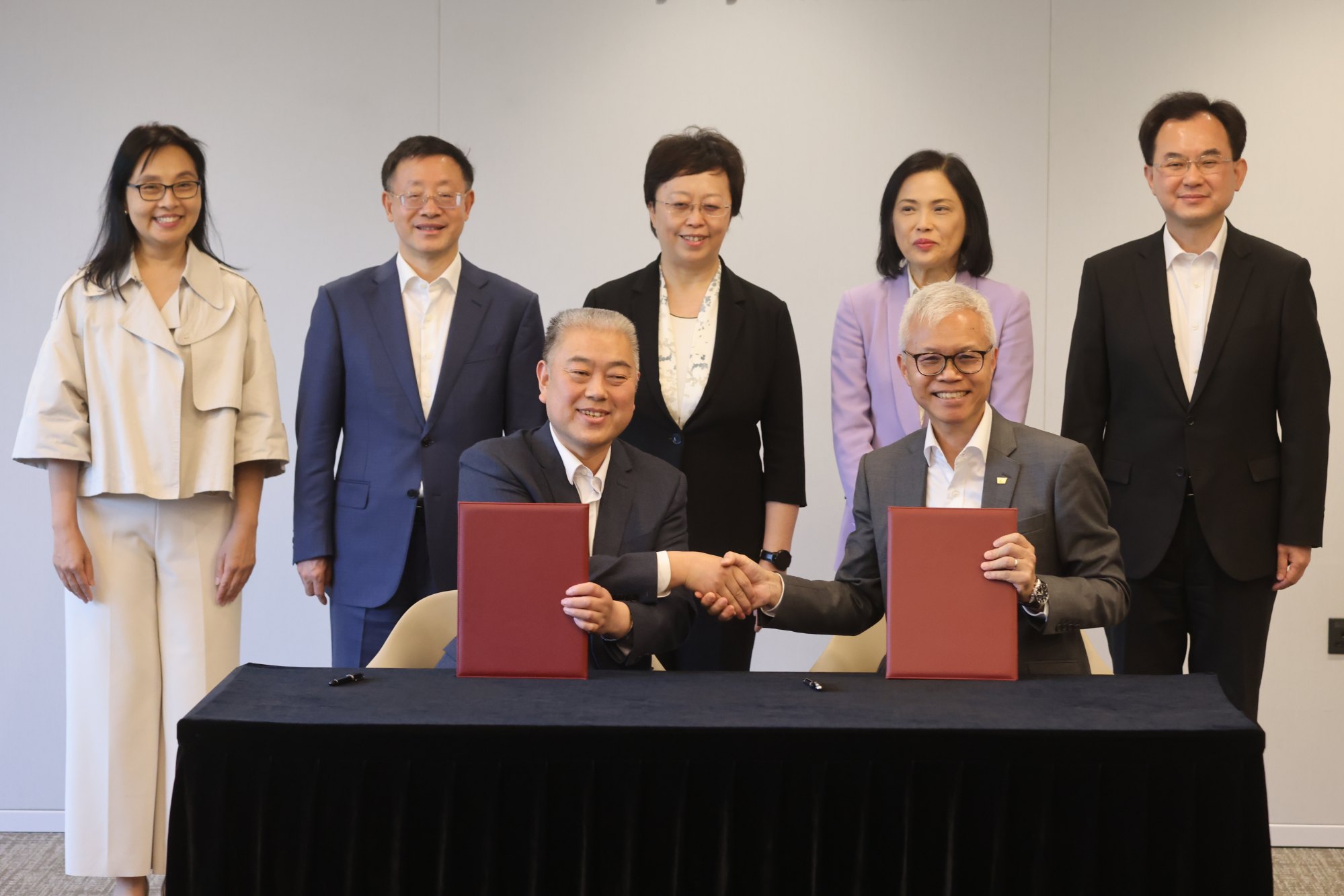
Hong Kong Palace Museum to exhibit statues, masks from mystery ancient Chinese civilisation in autumn show
- Four-month exhibition, which opens in late September, will present the latest archaeological discoveries from Sanxingdui ruins in Sichuan province
- In total 120 pieces from ruins, which were only discovered in the 20th century, will be on display, with half of the items unearthed over past three years
Most of the exhibits had never been shown outside the province in southwestern China before, Louis Ng Chi-wa, the museum’s director, said on Monday.
Why archaeologists are so excited by China’s Sanxingdui ruins

The Sanxingdui excavations had “attracted great attention domestically and internationally”, Ng said.
The exhibition, “Gazing at Sanxingdui: New Archaeological Discoveries in Sichuan”, will display a total of 120 pieces from the ruins, a site only discovered in the 20th century and which some believe to be at the heart of the obscure Shu Kingdom.
The museum on Monday signed a letter of intent on collaborating with four institutions in the province for the exhibition, which it said was to commemorate National Day on October 1.
All that glitters: Hong Kong Palace Museum explores bond between women and jewellery
Considered one of the most important archaeological discoveries of the last century, the Sanxingdui ruins were first unearthed in the late 1920s when a farmer stumbled across more than 400 jade relics while digging a trench.
But the breakthrough came in the 1980s, when local workers found two sacrificial pits containing more than 1,700 artefacts made of gold, jade, bronze and ivory, which were crafted in a style completely unknown in the history of Chinese art.

Between 2020 and 2022, six new pits were uncovered at the Sanxingdui site, and archaeologists discovered in 2021 a gold mask dating back about 3,000 years, among jade tools and ivory relics, shedding light on a little-known ancient culture.
The Shu Kingdom is believed to have existed during the Bronze Age and was contemporaneous with the better-known Shang dynasty.
Historians have yet to find written records of the kingdom explaining its origin or the significance of the artefacts discovered in Sanxingdui.
Hong Kong travel expert’s top picks for budget mainland Chinese tours to city
But the discoveries in recent years have shed new light on the civilisation, now understood to be technologically advanced with a prosperous economy and which may have lasted for thousands of years.
Tang Fei, director of the Sichuan Provincial Institute of Cultural Relics and Archaeology, said he hoped the exhibition would help to expand Hong Kong people’s understanding of the historic and cultural value of the Shu Kingdom.
The four Sichuan institutions involved are the Sanxingdui Museum in Guanghan, the Jinsha Site Museum in Chengdu, the Sichuan Provincial Institute of Cultural Relics and Archaeology and the Chengdu Cultural Relics and Archaeology Research Institute.

